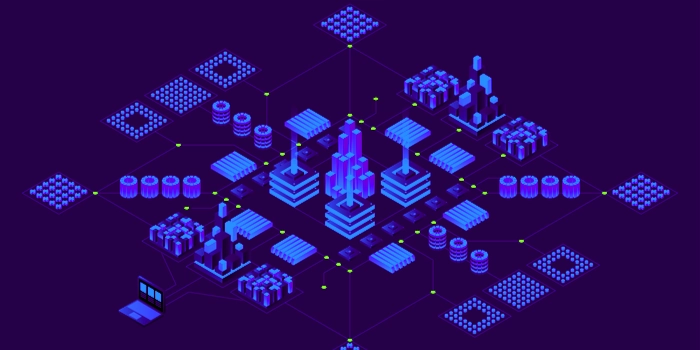As business leaders, it's essential to stay up to date with emerging cybersecurity terms and concepts. While the remote business world continues to grow and endpoints become more diffuse, cybercriminals are taking advantage of network gaps, complicated application stacks, and subpar monitoring. Here are the top 10 cybersecurity terms you need to know to address these growing threats. The more you know, the better suited you'll be when making security decisions for your business.
Top 10 Cybersecurity Terms Defined:
-
What is an MSSP?
-
-
A Managed Security Service Provider supports 24x7 management, monitoring, and maintenance of security services, typically at a preset monthly cost. Some examples of this could include monitoring firewalls, endpoint detection, and other cybersecurity products.
-
-
What is an APT?
-
Advanced Persistent Threat is an intruder's ability to continuously remain in the network. A hacker's goal is typically to stay within the network for as long as possible without anyone noticing. By doing so, they buy time to harvest employee credentials, client information, intellectual property, and financial records.
-
-
What is DDoS?
-
Distributed Denial of Service is when a web service is considered unusable due to flooding of traffic from IP addresses and sources. Hackers may use DDoS as a diversion when trying to attack, or may disrupt normal operations until a condition is met - monetary or otherwise.
-
-
What is an IOC?
-
An Indicator of Compromise is any data that indicates a network intrusion. These are typically uncovered through ongoing log data analysis. Common IOCs may include unusual outbound traffic, geographic irregularities, mismatched port-application traffic, and anomalous privileged user activity.
-
-
What is a SOC?
-
A Security Operations Center is made up of cybersecurity personnel, threat, and incident response processes, and supporting security technologies. Larger businesses typically have an in-house SOC, but many smaller companies outsource theirs.
-
-
What are CASBs?
-
Cloud Access Security Brokers are policy plans between the cloud service users and the providers. The plans typically identify and break down enforcement mechanisms such as authentication, encryption, and alerting.
-
-
What is IAM?
-
Identify Access Management is a Framework of policies that dominate the management of users' electronic identities. The goal of this is to make sure each user receives the appropriate level of access based on their IT systems.
-
-
What is IR?
-
Incident Responses are organized protocols that are followed after the detection of intrusion. The purpose of this is to mitigate malware intrusion, data breaches, and cybersecurity attacks.
-
-
What is SIEM?
-
Security Information and Event Management is one of the more essential parts of any SOC because it centralizes all security-related log data. This software must integrate with many data sources in order to funnel all important data to a console where it undergoes continuous analysis.
-
-
What is UEBA?
-
User and Entity Behavior Analytics performs a deep analysis of users' actions to identify deviations from the norm. This helps understand users' behavior and minimize noise during log sessions.
-
Understanding security operations terms can help you when finding security services. If you want to learn more about how we can improve your cybersecurity, connect with us today.





